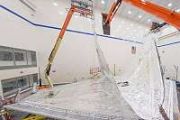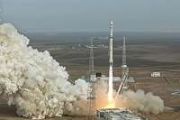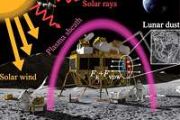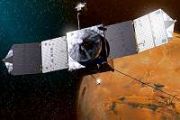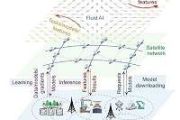John Holst
Account Details
Profile Overview
Capabilities
John Holst, Micah Walter-Range, Brigit Kelly, Mariel Borowitz, Pierre Lionnet, Sebastien Moranta, Angela Puera
The Space Report: The Authoritative Guide to Global Space Activity,
2015,
2015,
The global reach of satellites, which has long been one of the space industry’s defining characteristics, is attracting interest and investment from other industries, particularly those whose continued growth may depend on connecting the billions of people on the planet who currently are without access to modern communications. For those customers who are already a part of the modern, networked world, there is the prospect of seeing that world in a new way as several space companies vie to provide transportation into space and a new view of the world in which we live. The way we go about our daily lives is going to undergo many changes in next several years, and the skilled professionals who constitute the space industry are poised to take a leading role in making those changes a reality.
John Holst, Micah Walter-Range, Mariel Borowitz, Pierre Lionnet, Guillaume, Bruna, Angela Peura
The Space Report: The Authoritative Guide to Global Space Activity,
2016,
2016,
John Holst, Micah Walter-Range, Mariel Borowitz, Pierre Lionnet, Angela Peura
The Space Report: The Authoritative Guide to Global Space Activity,
2017,
2017,
Some of these changes were suggested by dramatic events. A nation that was once the foremost space launch provider fell to nearly half its typical launch rate in 2016 and suffered losses in infrastructure reliability and talent. Launch companies that were once considered premiere space industry mainstays endured job and business losses. Other changes, while no less
significant, unfolded more subtly. Space products and services have become increasingly important to non-space businesses, prompting growth in data products enabled by smaller satellites and less demand for large-scale infrastructure. The ways in which space products and services are produced and used are changing, and the industry is adjusting accordingly.
John Holst, Becki Yukman, Micah Walter-Range, Mariel Borowitz, Pierre Lionnet, Angel Cuellar
The Space Report: The Authoritative Guide to Global Space Activity,
2018,
2018,
The number of smaller, cheaper, commercial spacecraft that were deployed increased substantially. Orbital launch rates were just short of the two-decade high point achieved in 2014. This was achieved despite the fact that one of the oldest and largest spacefaring nations continued performing well below historic rates. At the same time, a single company made significant
contributions to the number of spacecraft deployed during 2017. This infrastructure enabled the creation of more products and services—sometimes in ways that were never originally intended.
Statistics














